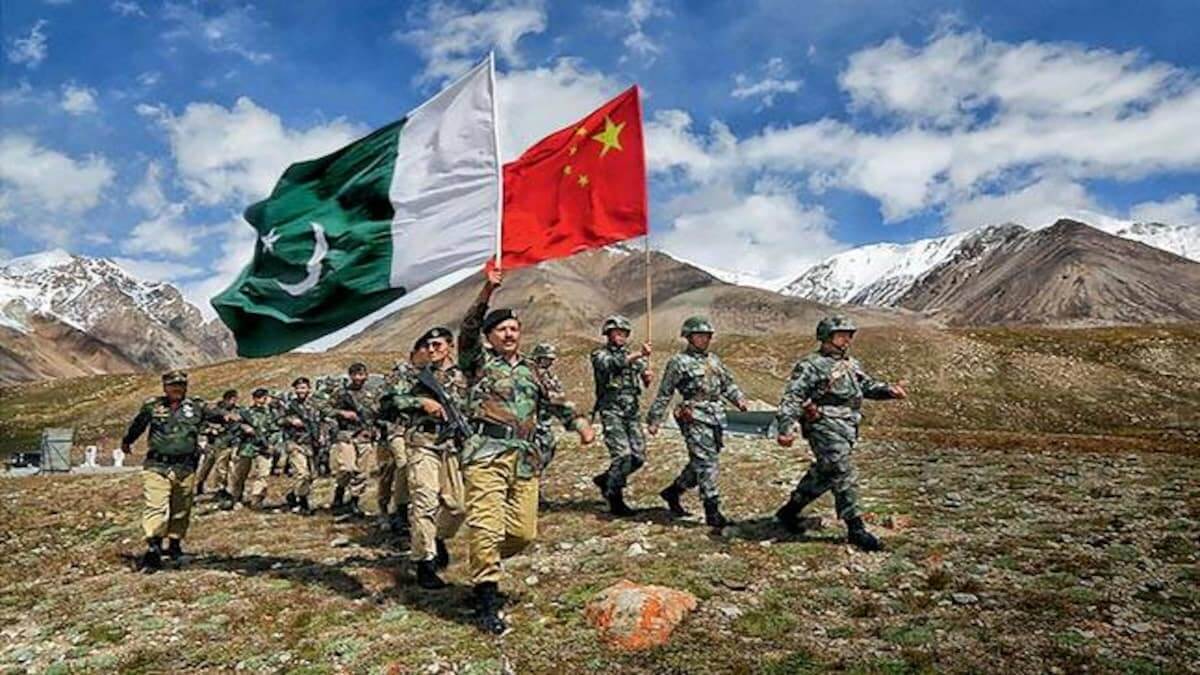China and Pakistan have been engaging in a joint military exercise in Tibet, along the Line of Actual Control (LAC). The drill was reported to have started on May 22 and is scheduled to conclude this week.
The Tribune India reports that the exercise was conducted with two goals: “targeting warships, besides launching land attacks from sea; and honing air-defence skills to target enemy aircraft, missiles or UAVs.” While there is no information on the number of troops that Pakistan has deployed, the Chinese side sees the participation of troops from the 3 Air Defence Division.
In preparation for this exercise, China also conducted a training drill for the Pakistani army in Sargodha, Punjab. Reports suggested that several missiles had already been used by Pakistan during this training exercise, which indicated the presence of similar equipment on Chinese and Pakistani naval warships.
The Chinese side is using two missiles. The first is the LY-80, which a “medium-range surface-to-air defence missile system” that has a range of around 150 km. It can target aerial objects at a low or medium altitude. The second missile being used is the SM-6, which is a “land-attack and anti-ship” cruise missile having a range of around 120 to 150 kilometres.
The drill comes as the Chinese People’s Liberation Army (PLA) announced the integration of its air-defence units of the PLA-Air Force in Tibet and Xinjiang. Quoting an official familiar with the developments, The Hindustan Times reported: “At least 10 PLA army units under the western theatre command are believed to have been integrated in the reporting chain for sharing inputs on early warning, combined readiness status and exercise participation as part of this new joint air defence set up.” Hence, the recent drill is in furtherance of China’s growing and aggressive military posturing along the LAC.
The exercise was conducted against the backdrop of the 70th anniversary of the establishment of diplomatic relations between China and India, which was celebrated on May 22. Apart from their military cooperation, Pakistan and China have also deepened their economic partnership. Pakistan has emerged as a close partner of China in its Belt and Road Initiative, of which the China-Pakistan Economic Corridor, a $62 billion vision, forms a crucial part. In fact, through the pandemic, China also assisted Pakistan by supporting its healthcare facilities and providing crucial medical equipment, including vaccines.
For India, this exercise is a cause of concern, as tensions between Beijing and New Delhi have been rising over the past year. While India and Pakistan’s historic rivalry has deepened following the abrogation of the special status of Jammu and Kashmir in August 2019, China and India were caught in a year-long standoff along the LAC. In fact, the China-Pakistan joint drill comes just days before the first anniversary of the Galwan Valley clash. Hence, India is likely to respond to these developments and step up its military preparedness in the region.
China, Pakistan Conduct Joint Military Exercise Along LAC
With the aim of achieving integrated preparedness of land and air forces, Chinese and Pakistani forces have been engaged in a military exercise along the Line of Actual Control (LAC) since May 22.
June 3, 2021

SOURCE: PLA WEBSITE
